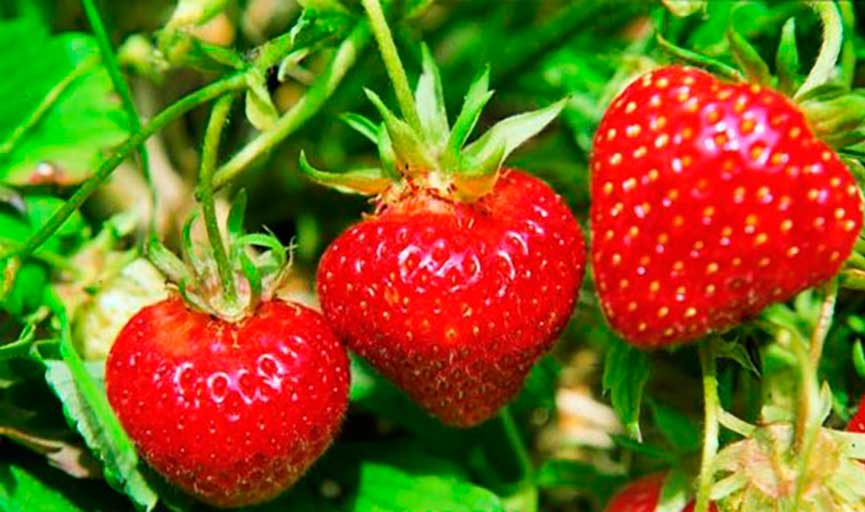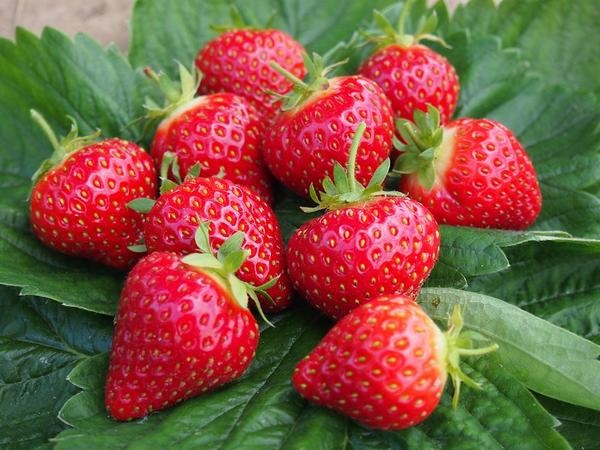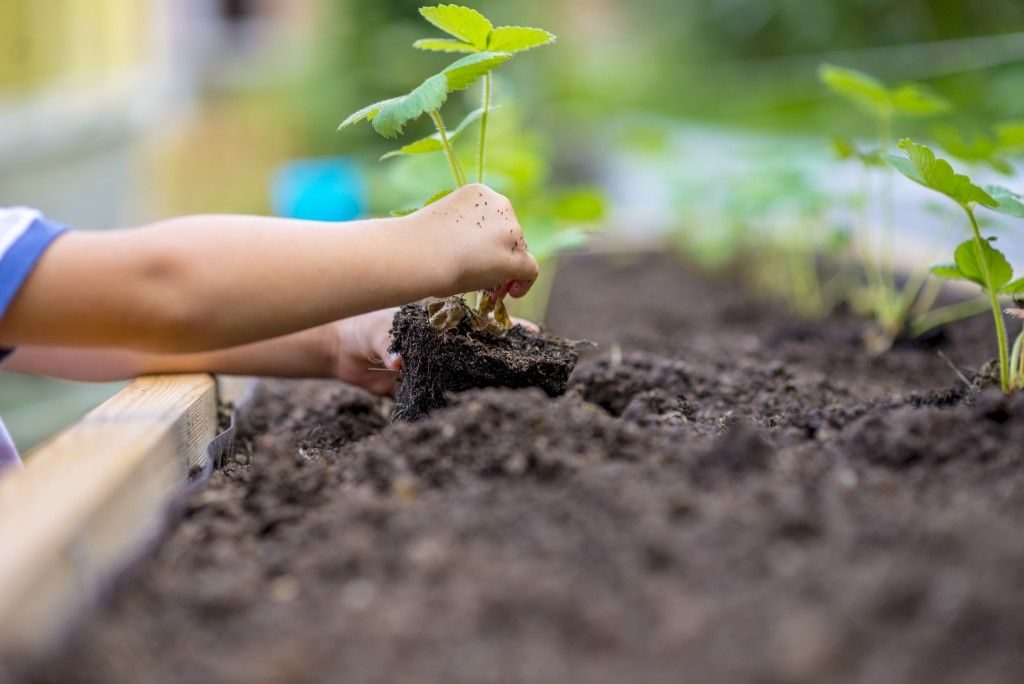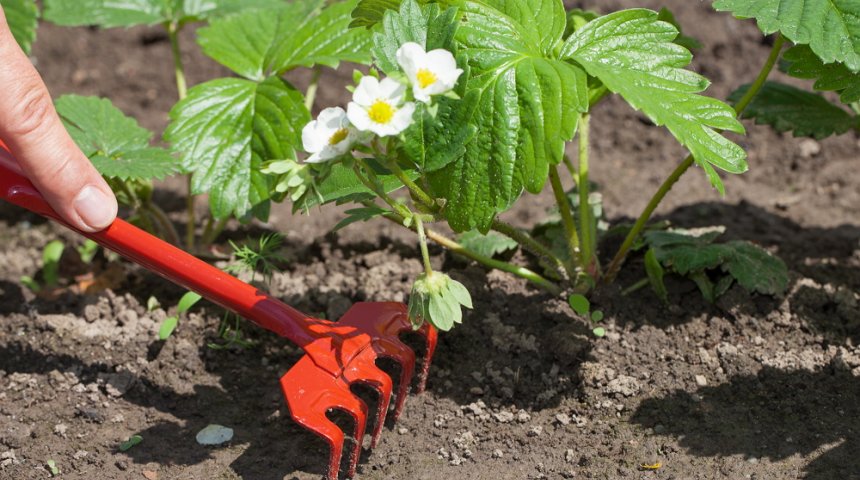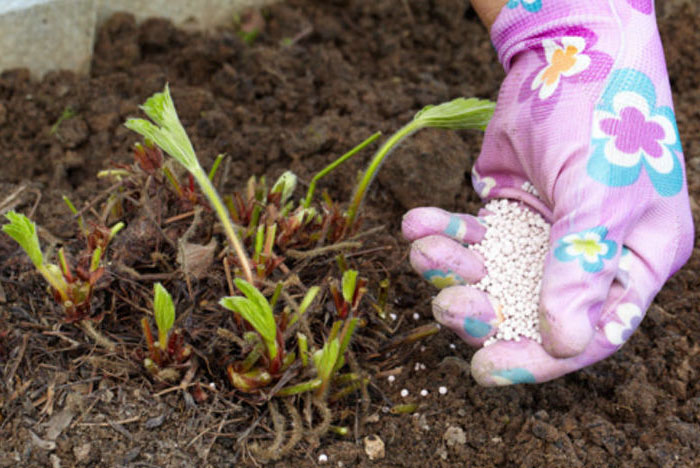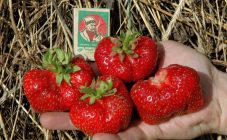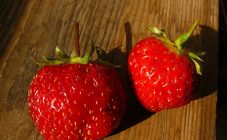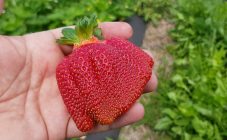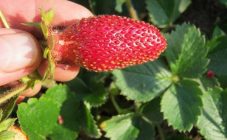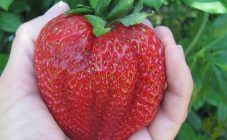Content:
general information
There are many different varieties of strawberries (sometimes called garden strawberries), each of which attracts gardeners with its special properties. In order to have a complete understanding of what Polka strawberries are, for example, you will need to study the characteristics of this variety. But first, it is advisable to familiarize yourself with the background of the berry, which allows you to better understand all of its features.
The first mentions of this variety appeared in 1977, immediately after Dutch breeders tried to cross two promising strawberry crops at that time: Induka and Sivatti. The experiment turned out to be successful, and the new hybrid with medium ripening times turned out to be so good that its popularity has only grown over the past forty years.
Description and basic properties
To get a more complete idea of what a Polka strawberry is, you should familiarize yourself with its description in detail below:
- She has a fairly compact bush that can be called neither tall nor spreading.
- But the plant attracts attention with its dark green (almost decorative) leaves, which have patterned teeth at the edges.
- During flowering, it throws out a large number of peduncles with large white inflorescences. Moreover, on this plant, practically no barren flowers are found, so that all its ovaries turn into fruits.
- At the initial stage of development, the berries of the Polka strawberry, with a description of the variety of which can be found in this section, have a scarlet hue, but as they ripen, it turns into a dark red. In their shape, they look like a shortened cone, and their skin looks thin, but in fact, quite strong.
One of the features of the polka varietal strawberry is the unusually juicy pulp, which tastes like caramel. Its internal structure has no voids and changes its color from slightly red in the middle to almost light closer to the center.
The weight of the strawberry Polka with the description of which this section began, varies at the initial stage of ripening from 40 to 50 grams (the next fruiting gives berries by weight about half as much). She has too many mustaches, so in order to save the vitality of the bush, it is recommended to cut them off in time.
For a complete description of this variety, you should know that in processed form, dense and pleasant-tasting caramel berries are enjoyed with pleasure in the form of preserves and jams. At the same time, they are perfect for making compotes or freezing. During heat treatment, they do not lose their useful and taste qualities.
Agrotechnics
Reproduction and material selection
The cultivation of this crop does not require much effort, however, during its growing season, certain rules should be followed regarding the order of planting (including soil preparation) and its care. This berry is cultivated either through seedlings or by rooting (rosettes). Each of these methods has its own advantages and disadvantages, so choosing the right one is a personal matter for each gardener.
When choosing this or that method, one must take into account that the root system of a Polka seedling is very vulnerable, and careful selection of planting material will be required.
The state of the root system will need to be paid attention to during the entire growing season of the culture, periodically examining its bushes.
Soil preparation and watering
For good germination of the planted seedlings, the soil under them must be fertilized with organic nutrients. When assessing the quality of the soil at the planting site, one should proceed from the fact that this variety prefers loam, diluted with sand additives.
In the process of its preparation, it is important to ensure that the weeds appearing on the beds are removed in a timely manner, and the soil is periodically loosened to the depth required for the roots. This procedure is best done immediately after watering the plants, which eliminates the possibility of an earthen crust on the surface that does not allow air to reach the roots.
Watering of berry bushes should be carried out only as the upper layer of the loosened soil dries up, preventing the accumulation of excess moisture on the surface (the frequency of watering under normal conditions is at least twice a week). Experts advise using a modern drip irrigation system when moistening strawberry crops.
Fertilization
During the period of development and flowering of a plant, it will definitely need nutritional supplements that contain not only phosphorus and nitrogen, but also zinc, potassium and other trace elements.
Thanks to timely fertilization, it is possible to:
- First, to provide reliable protection of the plant against fungal infections.
- Secondly, to increase the yield of bushes.
- And, thirdly, significantly affect the taste of the fruit.
Top dressing is usually carried out twice a season: once in the summer and in late autumn (in preparation for wintering). For this, minerals and organics are prepared in the form of solutions, which are then poured into bushes and rosettes of the strawberry plant.
Despite the relatively good resistance to most known diseases, Polka strawberries can be affected by such a common ailment as verticillosis. In this fungal disease, the root system suffers first of all (after its defeat it will be very difficult to recover).
To protect strawberry bushes from this common fungal infection, first of all, it is necessary to carefully select a place for planting them.
In addition, before loosening the bushes, the tool should be treated with disinfectants, preventing the spread of infection from diseased plants.
Advantages and disadvantages
The advantages of this culture include:
- Good productivity in the early fruiting seasons.
- Fairly high frost resistance.
- Unpretentiousness when growing and caring for.
It is impossible not to note such a positive quality of Polka berries as their suitability for processing.
Certain difficulties with its vegetation are considered negative aspects in the cultivation of this culture, namely:
- The need to regularly update the landing site.
- Grinding berries in hot and dry summers.
- High density of growth of bushes, sometimes interfering with normal development and requiring periodic pruning.
- Unsuitable for planting in acidic, waterlogged or highly saline soils.
To all of the above, one can add poor survival rate in northern latitudes and a decrease in the size of the berries of the last collection (they usually grow half as much in volume).
In conclusion, we note that the Polka variety, bred in Holland, has taken root quite well in the east of the continent and has come to the liking of Russian amateur gardeners. Even taking into account some of the shortcomings from the bushes of this strawberry plant, it is possible to get a pretty decent harvest.
